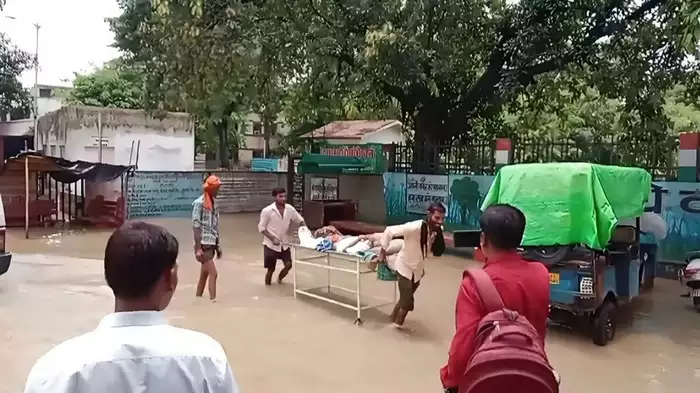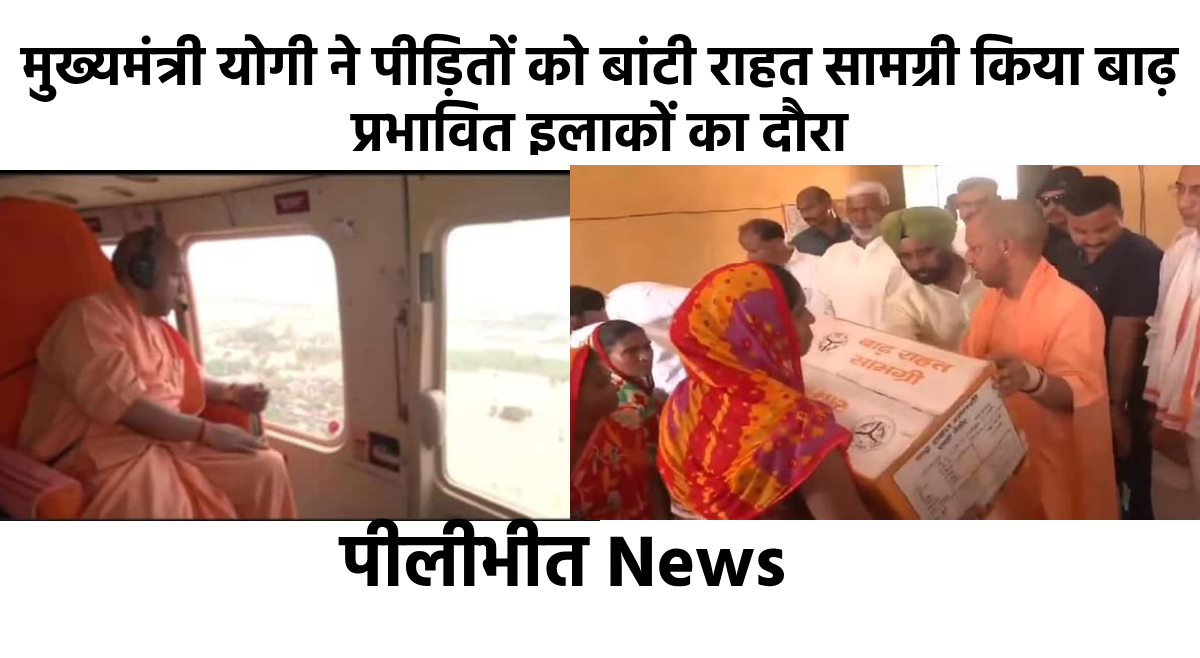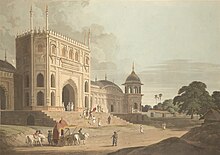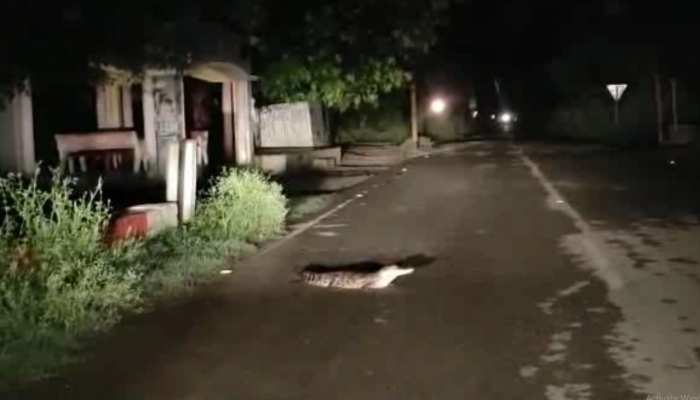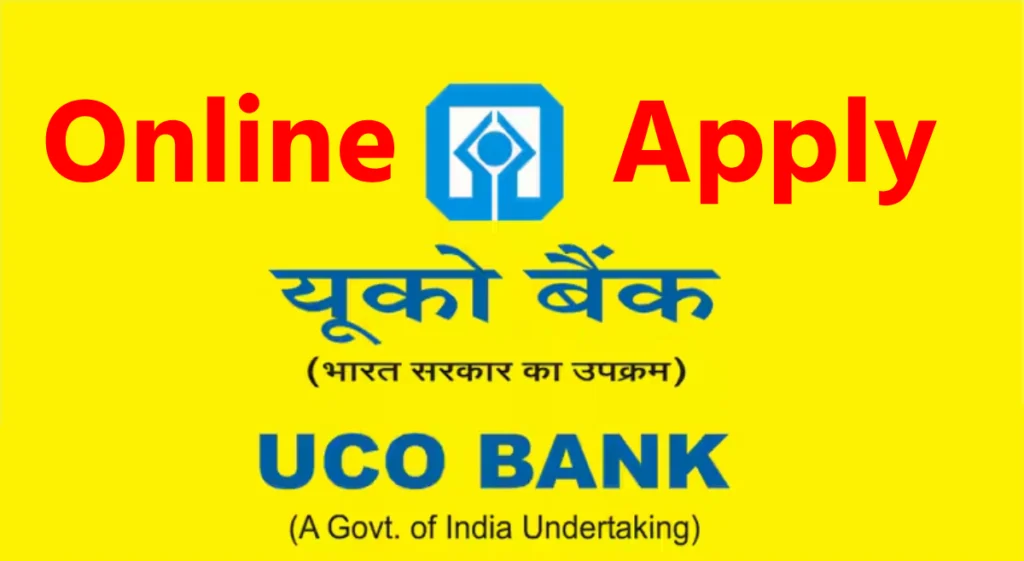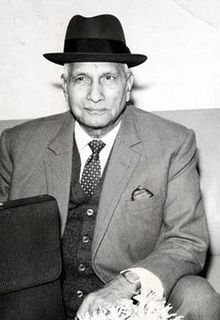
The stock market in India is a fascinating and complex ecosystem that plays a crucial role in the country’s economy. For many, the term “stock market” might conjure images of frantic traders on a bustling exchange floor, but the reality is much more nuanced. In this blog post, we’ll explore what the stock market is, how it operates in India, and why it matters to you.
What is the Stock Market?
At its core, the stock market is a platform where buyers and sellers come together to trade shares of publicly listed companies. These shares represent ownership in a company, and their price fluctuates based on supply and demand dynamics. The stock market provides companies with access to capital in exchange for giving investors a slice of ownership.
Key Components of the Stock Market
- Stock Exchanges: The primary marketplaces where stocks are bought and sold. In India, the two main exchanges are the Bombay Stock Exchange (BSE) and the National Stock Exchange (NSE).
- Securities and Exchange Board of India (SEBI): The regulatory body that oversees the stock market in India, ensuring transparency, fairness, and investor protection.
- Market Participants: These include individual investors, institutional investors, mutual funds, and brokers, all of whom play different roles in the market ecosystem.
History of the Stock Market in India
The history of the stock market in India dates back to the 19th century with the establishment of the Bombay Stock Exchange in 1875, making it one of the oldest stock exchanges in Asia. The National Stock Exchange, which started operations in 1994, introduced electronic trading to India, revolutionizing the market by enhancing efficiency and transparency.
How Does the Stock Market Work?
The stock market operates through a network of exchanges where stocks are listed. Here’s a simplified breakdown of how it works:
- Listing: Companies that wish to raise capital go public by listing their shares on a stock exchange through an Initial Public Offering (IPO).
- Trading: Once listed, shares can be bought and sold by investors. Trading can happen through various methods, including market orders, limit orders, and stop orders.
- Price Determination: Share prices are determined by market forces. When more people want to buy a stock than sell it, the price goes up, and vice versa.
Importance of the Stock Market
The stock market is vital for several reasons:
- Capital Formation: It provides companies with the capital needed to grow and expand their operations.
- Wealth Creation: It offers individuals the opportunity to invest and grow their wealth over time.
- Economic Indicator: The stock market reflects the health of the economy, with rising markets often signaling economic growth and vice versa.
- Liquidity: It offers liquidity to investors, allowing them to buy and sell shares easily.
Investing in the Stock Market
Investing in the stock market can be a powerful way to build wealth, but it requires knowledge and discipline. Here are some key tips for beginners:
- Research: Understand the companies you invest in. Look at their financial health, management quality, and market position.
- Diversification: Don’t put all your eggs in one basket. Spread your investments across different sectors and asset classes to reduce risk.
- Long-Term Perspective: Stock markets can be volatile in the short term. A long-term perspective can help you ride out market fluctuations and benefit from the growth potential of your investments.
शेयर बाजार क्या है?
मूल रूप से, शेयर बाजार एक ऐसा मंच है, जहाँ खरीदार और विक्रेता सार्वजनिक रूप से सूचीबद्ध कंपनियों के शेयरों का व्यापार करने के लिए एक साथ आते हैं। ये शेयर किसी कंपनी में स्वामित्व का प्रतिनिधित्व करते हैं, और उनकी कीमत आपूर्ति और मांग की गतिशीलता के आधार पर उतार-चढ़ाव करती है। शेयर बाजार निवेशकों को स्वामित्व का एक हिस्सा देने के बदले में कंपनियों को पूंजी तक पहुँच प्रदान करता है।
शेयर बाजार के प्रमुख घटक
शेयर एक्सचेंज: प्राथमिक बाज़ार जहाँ शेयर खरीदे और बेचे जाते हैं। भारत में, दो मुख्य एक्सचेंज बॉम्बे स्टॉक एक्सचेंज (BSE) और नेशनल स्टॉक एक्सचेंज (NSE) हैं।
भारतीय प्रतिभूति और विनिमय बोर्ड (SEBI): नियामक निकाय जो भारत में शेयर बाजार की देखरेख करता है, पारदर्शिता, निष्पक्षता और निवेशक सुरक्षा सुनिश्चित करता है।
बाजार सहभागी: इनमें व्यक्तिगत निवेशक, संस्थागत निवेशक, म्यूचुअल फंड और ब्रोकर शामिल हैं, जो सभी बाजार पारिस्थितिकी तंत्र में अलग-अलग भूमिका निभाते हैं।
भारत में शेयर बाजार का इतिहास
भारत में शेयर बाजार का इतिहास 19वीं सदी से शुरू होता है, जब 1875 में बॉम्बे स्टॉक एक्सचेंज की स्थापना हुई थी, जो इसे एशिया के सबसे पुराने स्टॉक एक्सचेंजों में से एक बनाता है। नेशनल स्टॉक एक्सचेंज, जिसने 1994 में परिचालन शुरू किया, ने भारत में इलेक्ट्रॉनिक ट्रेडिंग की शुरुआत की, जिसने दक्षता और पारदर्शिता को बढ़ाकर बाजार में क्रांति ला दी।
शेयर बाजार कैसे काम करता है?
Challenges and Risks
While the stock market offers significant opportunities, it also comes with risks:
- Market Volatility: Stock prices can be highly volatile, influenced by economic conditions, political events, and market sentiment.
- Economic Downturns: Recessions and economic slowdowns can lead to significant losses in stock investments.
- Fraud and Scams: Although regulatory bodies like SEBI work to protect investors, fraud and scams can still occur, making due diligence essential.
Conclusion
The stock market in India is a dynamic and integral part of the economy, offering opportunities for capital growth and wealth creation. Understanding its workings, history, and importance can empower you to make informed investment decisions. Whether you’re a seasoned investor or a beginner, the key to success lies in continuous learning, careful planning, and disciplined investing.
By focusing on the keyword “Stock Market in India” and providing valuable, well-structured content, this blog post aims to rank well in search engine results, attracting readers interested in understanding and participating in the Indian stock market.
THANKS FOR VISITING! STAY CONNECTED.
| Follow our Whatsapp channel | Click Here |
| Follow our Facebook Page | Click Here |
| Follow our Instagram channel | Click Here |
| Follow our Telegram channel | Click Here |
Prabhat Time

By Nitesh Saxena
| Also Read Our Last Post | Click Here |
- इतना सस्ता है Realme का ये दमदार फोन फीचर्स जानके हेरान रह जाओगे Realme GT7 Pro
- मानोना धाम में लगी पांच घंटे की लंबी लाइन भक्त हुए परेशान ।
- Best EV Car For India 2024-25
- ‘Singham Again’ creates havoc at the box office, worldwide collection was 65 crores on the first day, earned 43.7 crores in India
- Bhool Bhulaiyaa 3 Worldwide Box Office Collection & Budget
From Wikipedia, the free encyclopedia
| Part of a series on |
| Finance |
|---|
| showMarkets |
| showInstruments |
| showCorporate |
| showPersonal |
| showPublic |
| showBanking |
| showRegulation· Financial law |
| showEconomic history |
| Business and Economics portal |
| vte |
| Part of a series on |
| Accounting |
|---|
| Historical costConstant purchasing powerManagementTax |
| showMajor types |
| showKey concepts |
| showSelected accounts |
| showAccounting standards |
| showFinancial statements |
| showBookkeeping |
| showAuditing |
| showPeople and organizations |
| showDevelopment |
| showMisconduct |
| vte |
| Part of a series on |
| Economics |
|---|
| HistoryOutlineIndex |
| showBranches and classifications |
| showConcepts, theory and techniques |
| showBy application |
| showNotable economists |
| showLists |
| Business portal |
| vte |
| Marketing |
|---|
| MarketingMarketing management |
| showKey concepts |
| showPromotional content |
| showPromotional media |
| showResearch |
| vte |
| Part of a series on |
| Capitalism |
|---|
| showConcepts |
| showEconomic systems |
| showEconomic theories |
| showOrigins |
| showDevelopment |
| showIntellectuals |
| showRelated topics |
| showIdeologies |
| Capitalism portal Business portal |
| vte |



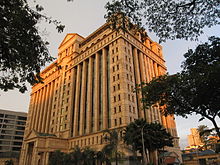
A stock market, equity market, or share market is the aggregation of buyers and sellers of stocks (also called shares), which represent ownership claims on businesses; these may include securities listed on a public stock exchange as well as stock that is only traded privately, such as shares of private companies that are sold to investors through equity crowdfunding platforms. Investments are usually made with an investment strategy in mind.
Size of the market
The total market capitalization of all publicly traded stocks worldwide rose from US$2.5 trillion in 1980 to US$93.7 trillion at the end of 2020.[1]
As of 2016, there are 60 stock exchanges in the world. Of these, there are 16 exchanges with a market capitalization of $1 trillion or more, and they account for 87% of global market capitalization. Apart from the Australian Securities Exchange, these 16 exchanges are all in North America, Europe, or Asia.[2]
By country, the largest stock markets as of January 2022 are in the United States of America (about 59.9%), followed by Japan (about 6.2%) and United Kingdom (about 3.9%).[3]
Stock exchange
Main article: Stock exchange

A stock exchange is an exchange (or bourse) where stockbrokers and traders can buy and sell shares (equity stock), bonds, and other securities. Many large companies have their stocks listed on a stock exchange. This makes the stock more liquid and thus more attractive to many investors. The exchange may also act as a guarantor of settlement. These and other stocks may also be traded “over the counter” (OTC), that is, through a dealer. Some large companies will have their stock listed on more than one exchange in different countries, so as to attract international investors.[4]
Stock exchanges may also cover other types of securities, such as fixed-interest securities (bonds) or (less frequently) derivatives, which are more likely to be traded OTC.
Trade in stock markets means the transfer (in exchange for money) of a stock or security from a seller to a buyer. This requires these two parties to agree on a price. Equities (stocks or shares) confer an ownership interest in a particular company.
Participants in the stock market range from small individual stock investors to larger investors, who can be based anywhere in the world, and may include banks, insurance companies, pension funds and hedge funds. Their buy or sell orders may be executed on their behalf by a stock exchange trader.
Some exchanges are physical locations where transactions are carried out on a trading floor, by a method known as open outcry. This method is used in some stock exchanges and commodities exchanges, and involves traders shouting bid and offer prices. The other type of stock exchange has a network of computers where trades are made electronically. An example of such an exchange is the NASDAQ.
A potential buyer bids a specific price for a stock, and a potential seller asks a specific price for the same stock. Buying or selling at the Market means you will accept any ask price or bid price for the stock. When the bid and ask prices match, a sale takes place, on a first-come, first-served basis if there are multiple bidders at a given price.
The purpose of a stock exchange is to facilitate the exchange of securities between buyers and sellers, thus providing a marketplace. The exchanges provide real-time trading information on the listed securities, facilitating price discovery.
The New York Stock Exchange (NYSE) is a physical exchange, with a hybrid market for placing orders electronically from any location as well as on the trading floor. Orders executed on the trading floor enter by way of exchange members and flow down to a floor broker, who submits the order electronically to the floor trading post for the Designated market maker (“DMM”) for that stock to trade the order. The DMM’s job is to maintain a two-sided market, making orders to buy and sell the security when there are no other buyers or sellers. If a bid–ask spread exists, no trade immediately takes place – in this case, the DMM may use their own resources (money or stock) to close the difference. Once a trade has been made, the details are reported on the “tape” and sent back to the brokerage firm, which then notifies the investor who placed the order. Computers play an important role, especially for program trading.
The NASDAQ is an electronic exchange, where all of the trading is done over a computer network. The process is similar to the New York Stock Exchange. One or more NASDAQ market makers will always provide a bid and ask the price at which they will always purchase or sell ‘their’ stock.
The Paris Bourse, now part of Euronext, is an order-driven, electronic stock exchange. It was automated in the late 1980s. Prior to the 1980s, it consisted of an open outcry exchange. Stockbrokers met on the trading floor of the Palais Brongniart. In 1986, the CATS trading system was introduced, and the order matching system was fully automated.
People trading stock will prefer to trade on the most popular exchange since this gives the largest number of potential counter parties (buyers for a seller, sellers for a buyer) and probably the best price. However, there have always been alternatives such as brokers trying to bring parties together to trade outside the exchange. Some third markets that were popular are Instinet, and later Island and Archipelago (the latter two have since been acquired by Nasdaq and NYSE, respectively). One advantage is that this avoids the commissions of the exchange. However, it also has problems such as adverse selection.[5] Financial regulators have probed dark pools.[6][7]
Market participant
| The examples and perspective in this section deal primarily with the United States and do not represent a worldwide view of the subject. You may improve this section, discuss the issue on the talk page, or create a new section, as appropriate. (November 2020) (Learn how and when to remove this message) |
Market participants include individual retail investors, institutional investors (e.g., pension funds, insurance companies, mutual funds, index funds, exchange-traded funds, hedge funds, investor groups, banks and various other financial institutions), and also publicly traded corporations trading in their own shares. Robo-advisors, which automate investment for individuals are also major participants.
Demographics of market participation
Indirect vs. Direct Investment
Indirect investment involves owning shares indirectly, such as via a mutual fund or an exchange traded fund. Direct investment involves direct ownership of shares.[8]
Direct ownership of stock by individuals rose slightly from 17.8% in 1992 to 17.9% in 2007, with the median value of these holdings rising from $14,778 to $17,000.[9][10] Indirect participation in the form of retirement accounts rose from 39.3% in 1992 to 52.6% in 2007, with the median value of these accounts more than doubling from $22,000 to $45,000 in that time.[9][10] Rydqvist, Spizman, and Strebulaev attribute the differential growth in direct and indirect holdings to differences in the way each are taxed in the United States. Investments in pension funds and 401ks, the two most common vehicles of indirect participation, are taxed only when funds are withdrawn from the accounts. Conversely, the money used to directly purchase stock is subject to taxation as are any dividends or capital gains they generate for the holder. In this way, the current tax code incentivizes individuals to invest indirectly.[11]
Participation by income and wealth strata
Rates of participation and the value of holdings differ significantly across strata of income. In the bottom quintile of income, 5.5% of households directly own stock and 10.7% hold stocks indirectly in the form of retirement accounts.[10] The top decile of income has a direct participation rate of 47.5% and an indirect participation rate in the form of retirement accounts of 89.6%.[10] The median value of directly owned stock in the bottom quintile of income is $4,000 and is $78,600 in the top decile of income as of 2007.[12] The median value of indirectly held stock in the form of retirement accounts for the same two groups in the same year is $6,300 and $214,800 respectively.[12] Since the Great Recession of 2008 households in the bottom half of the income distribution have lessened their participation rate both directly and indirectly from 53.2% in 2007 to 48.8% in 2013, while over the same period households in the top decile of the income distribution slightly increased participation 91.7% to 92.1%.[13] The mean value of direct and indirect holdings at the bottom half of the income distribution moved slightly downward from $53,800 in 2007 to $53,600 in 2013.[13] In the top decile, mean value of all holdings fell from $982,000 to $969,300 in the same time.[13] The mean value of all stock holdings across the entire income distribution is valued at $269,900 as of 2013.[13]
Participation by race and gender
The racial composition of stock market ownership shows households headed by whites are nearly four and six times as likely to directly own stocks than households headed by blacks and Hispanics respectively. As of 2011 the national rate of direct participation was 19.6%, for white households the participation rate was 24.5%, for black households it was 6.4% and for Hispanic households it was 4.3%. Indirect participation in the form of 401k ownership shows a similar pattern with a national participation rate of 42.1%, a rate of 46.4% for white households, 31.7% for black households, and 25.8% for Hispanic households. Households headed by married couples participated at rates above the national averages with 25.6% participating directly and 53.4% participating indirectly through a retirement account. 14.7% of households headed by men participated in the market directly and 33.4% owned stock through a retirement account. 12.6% of female-headed households directly owned stock and 28.7% owned stock indirectly.[10]









